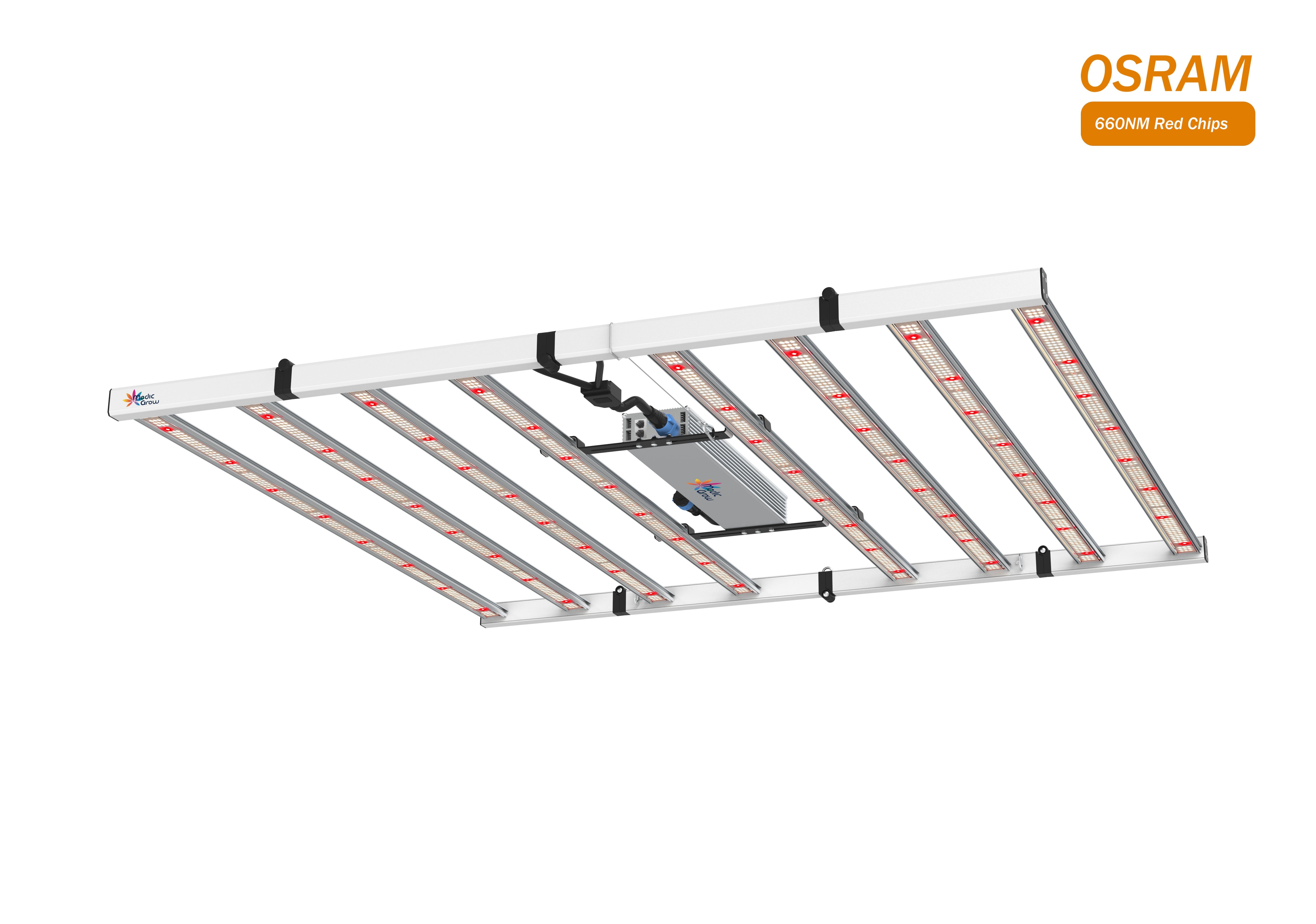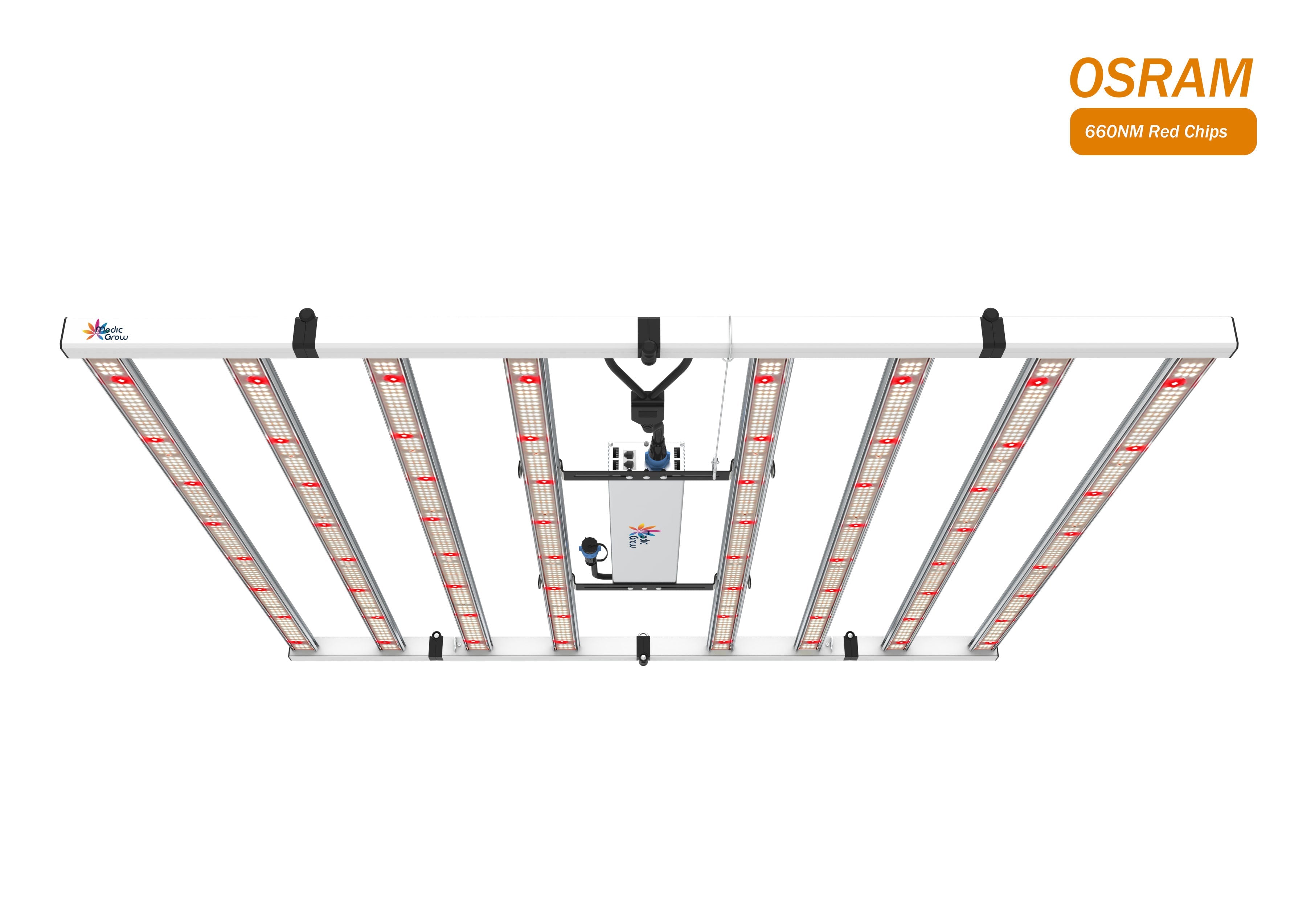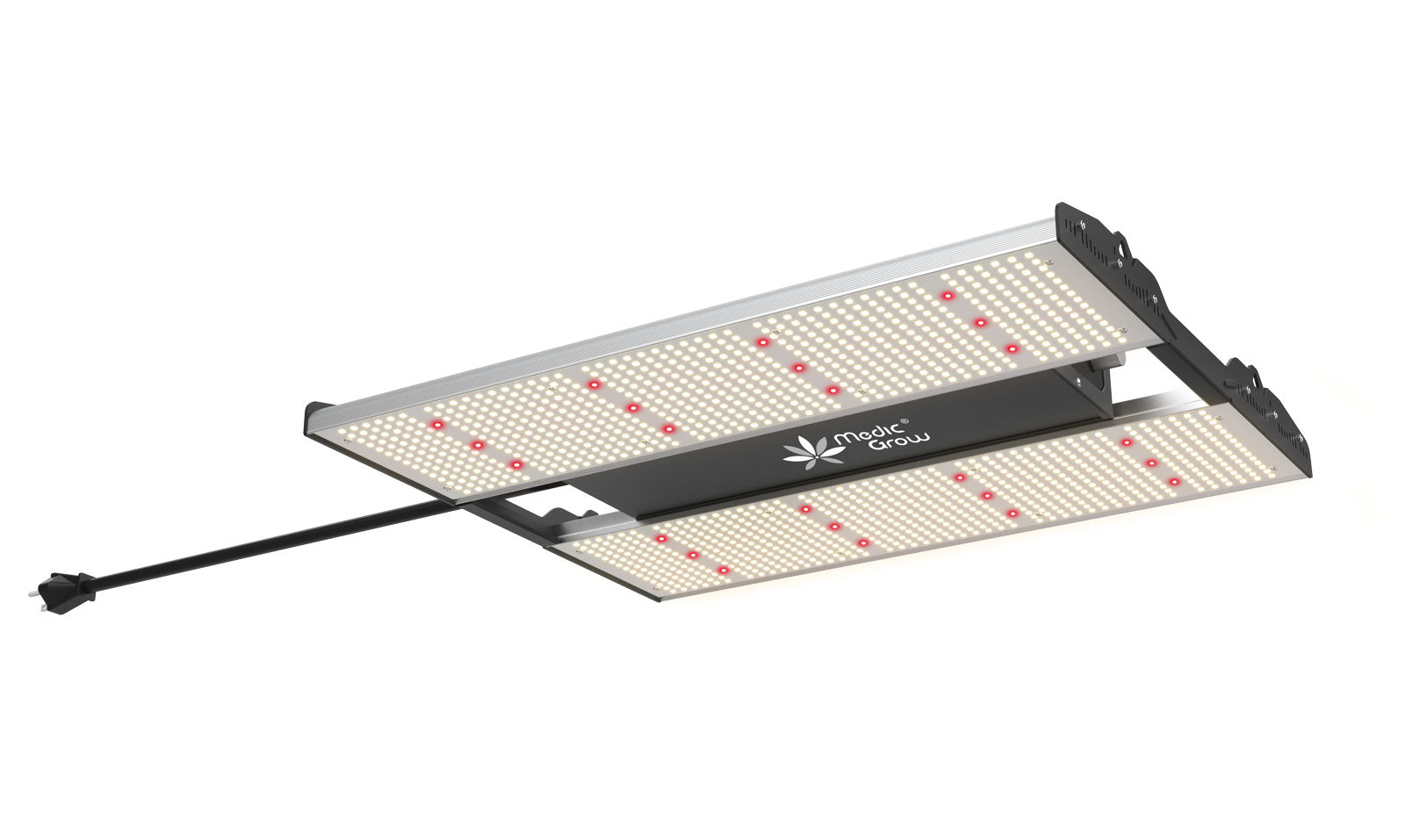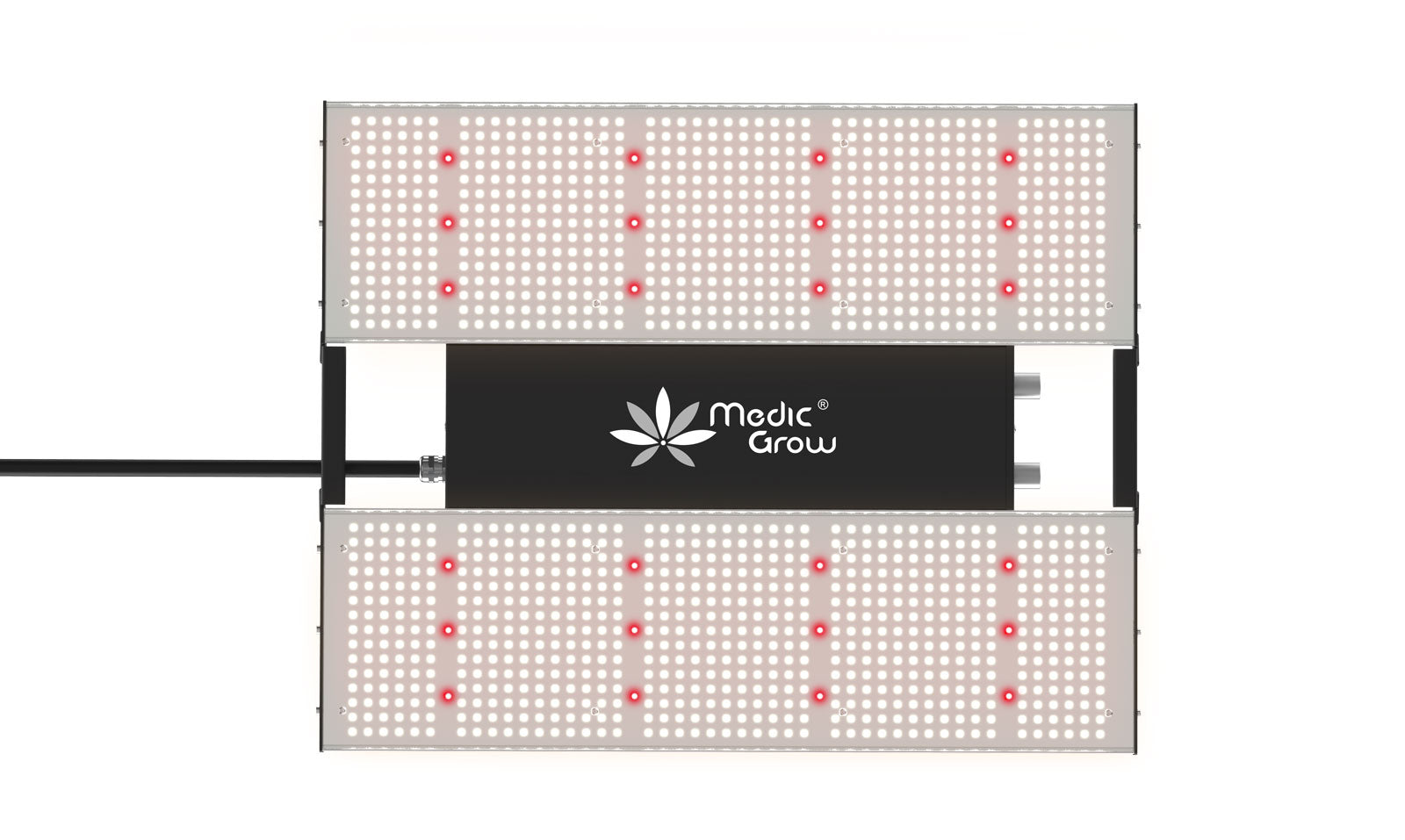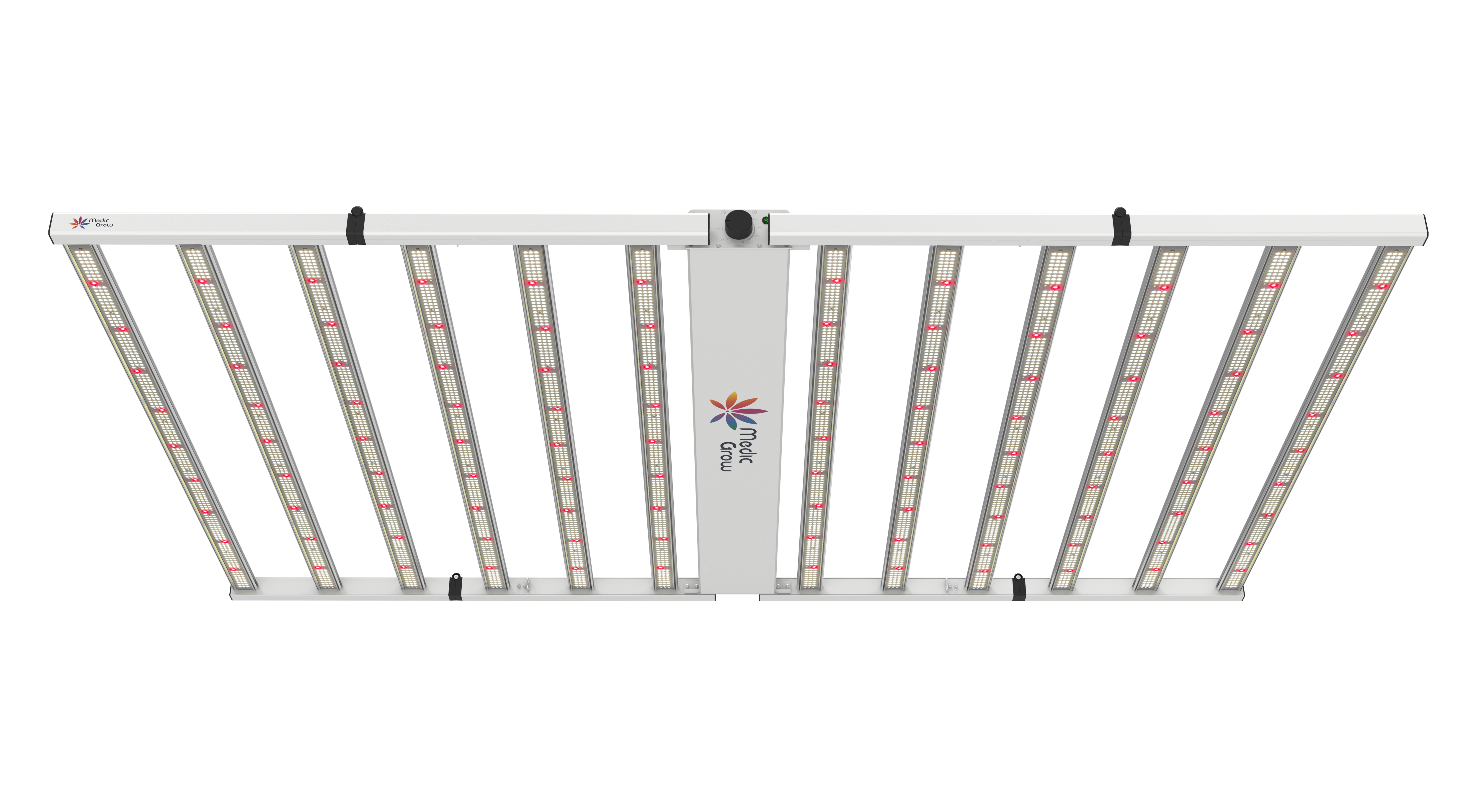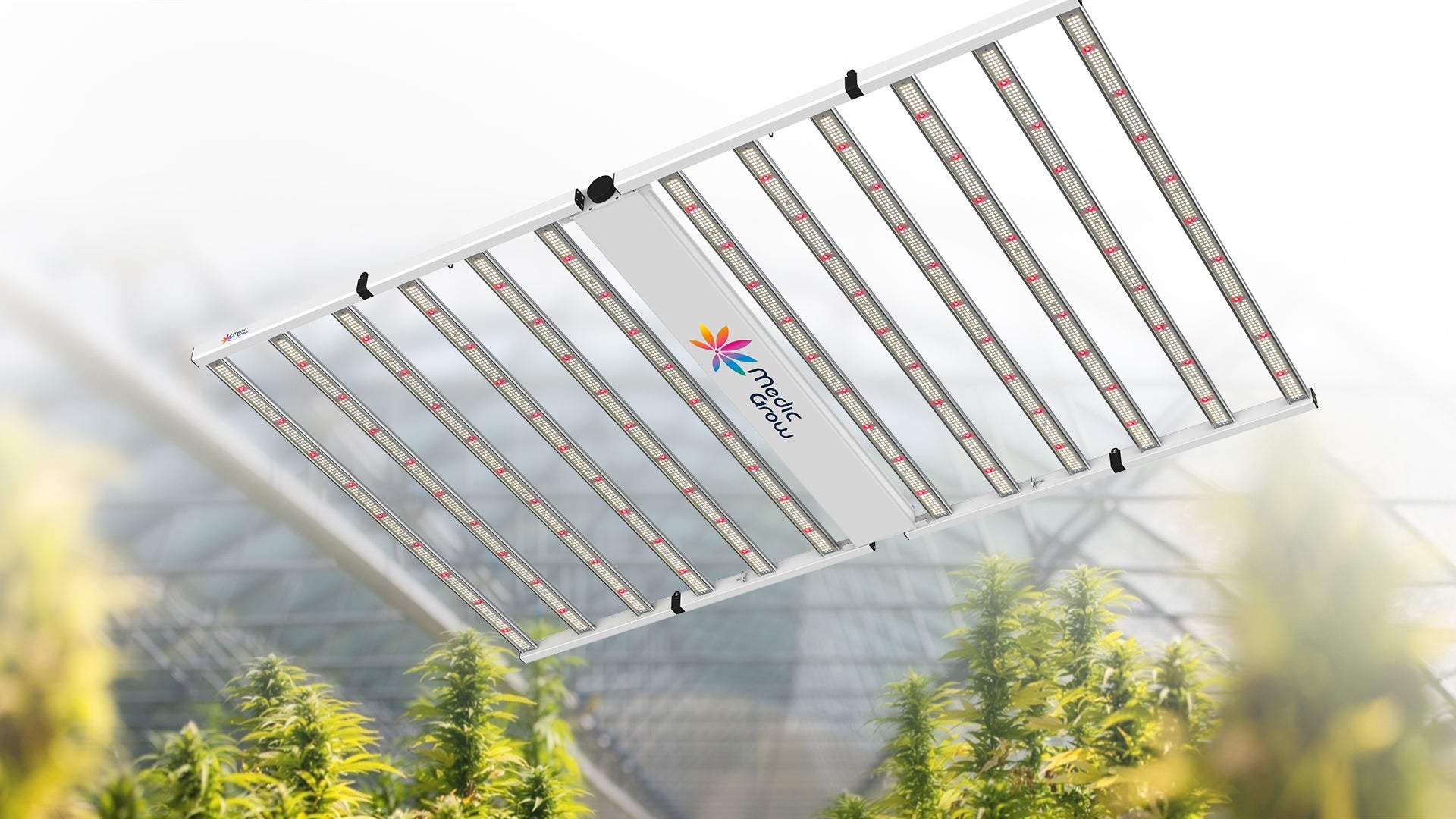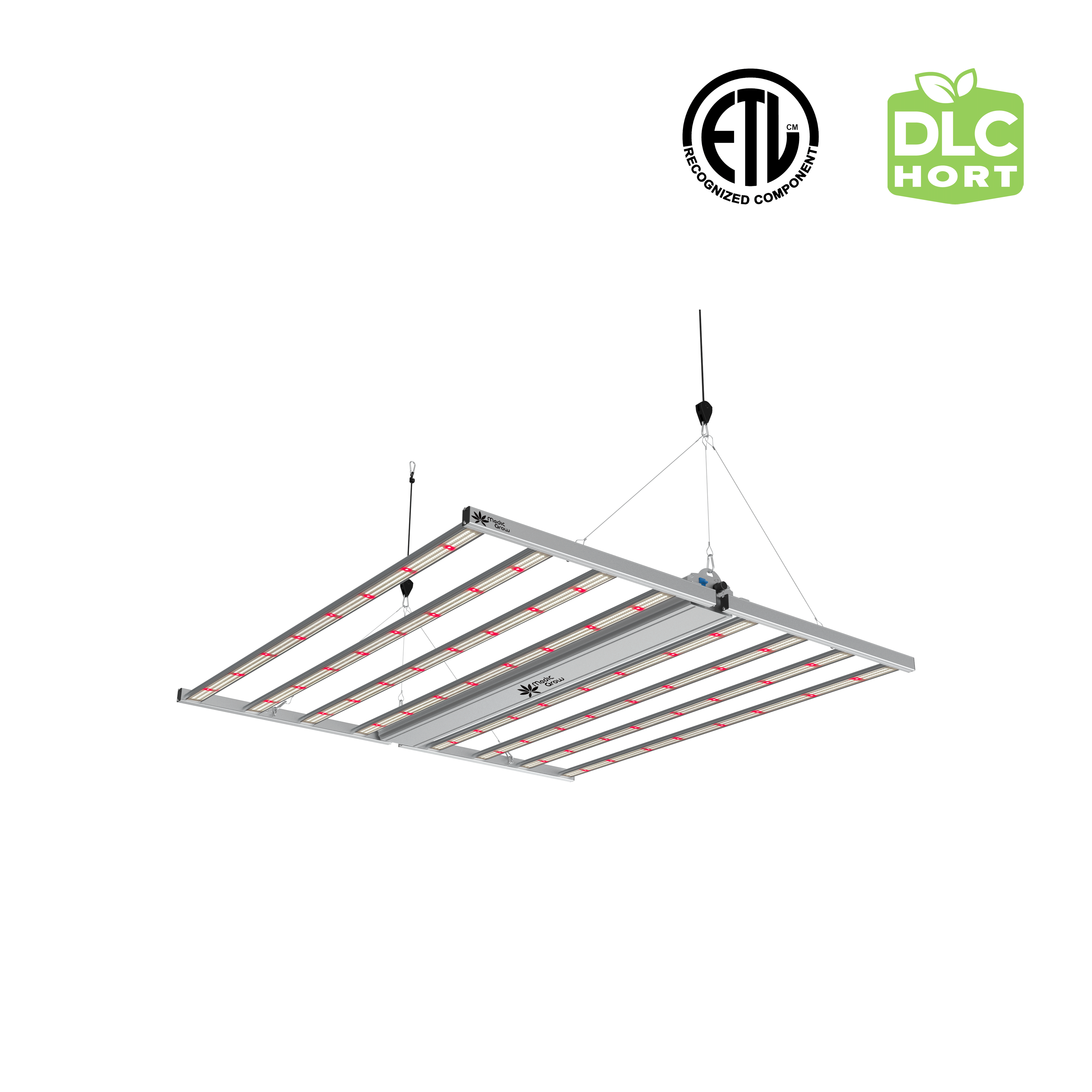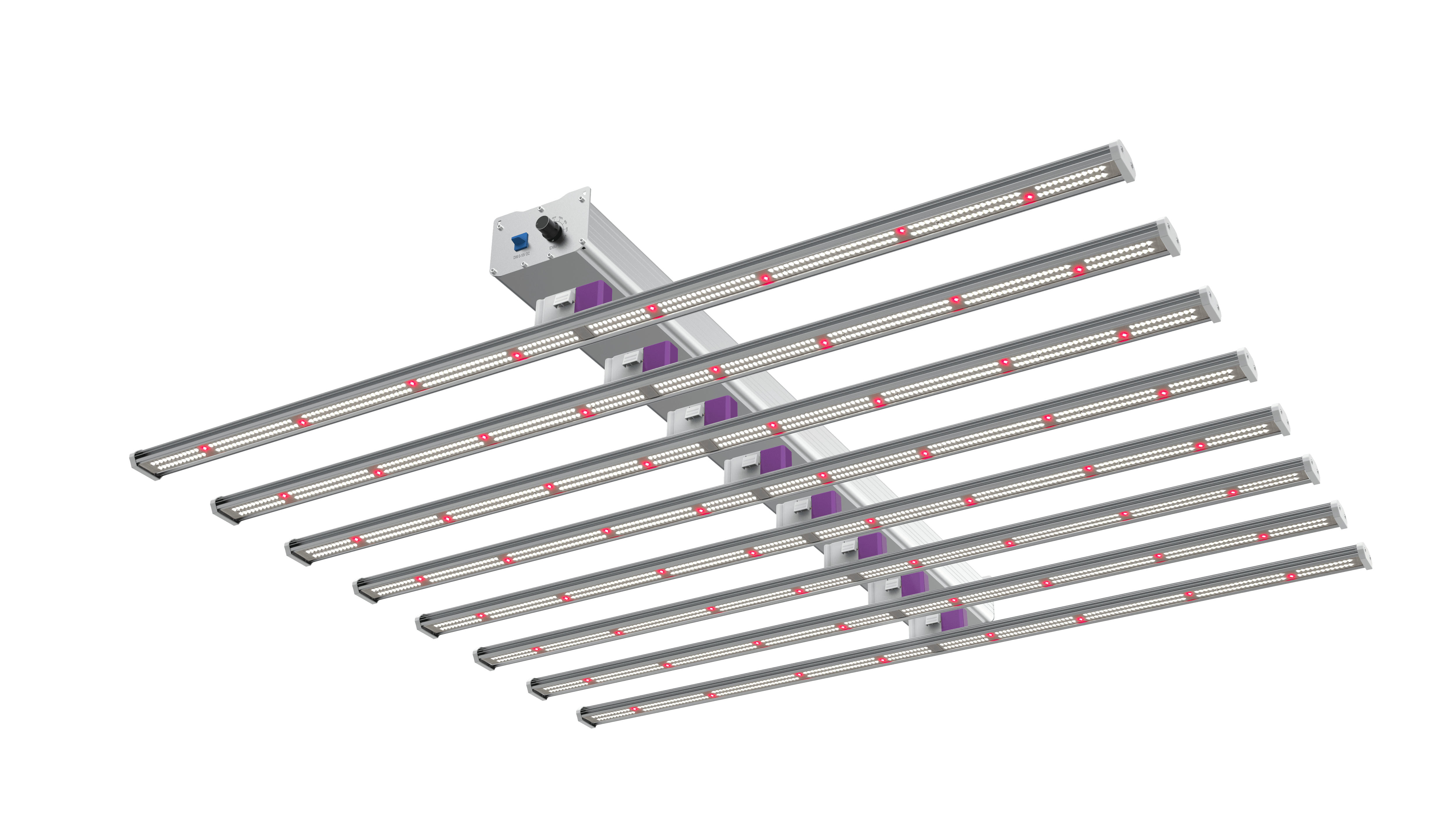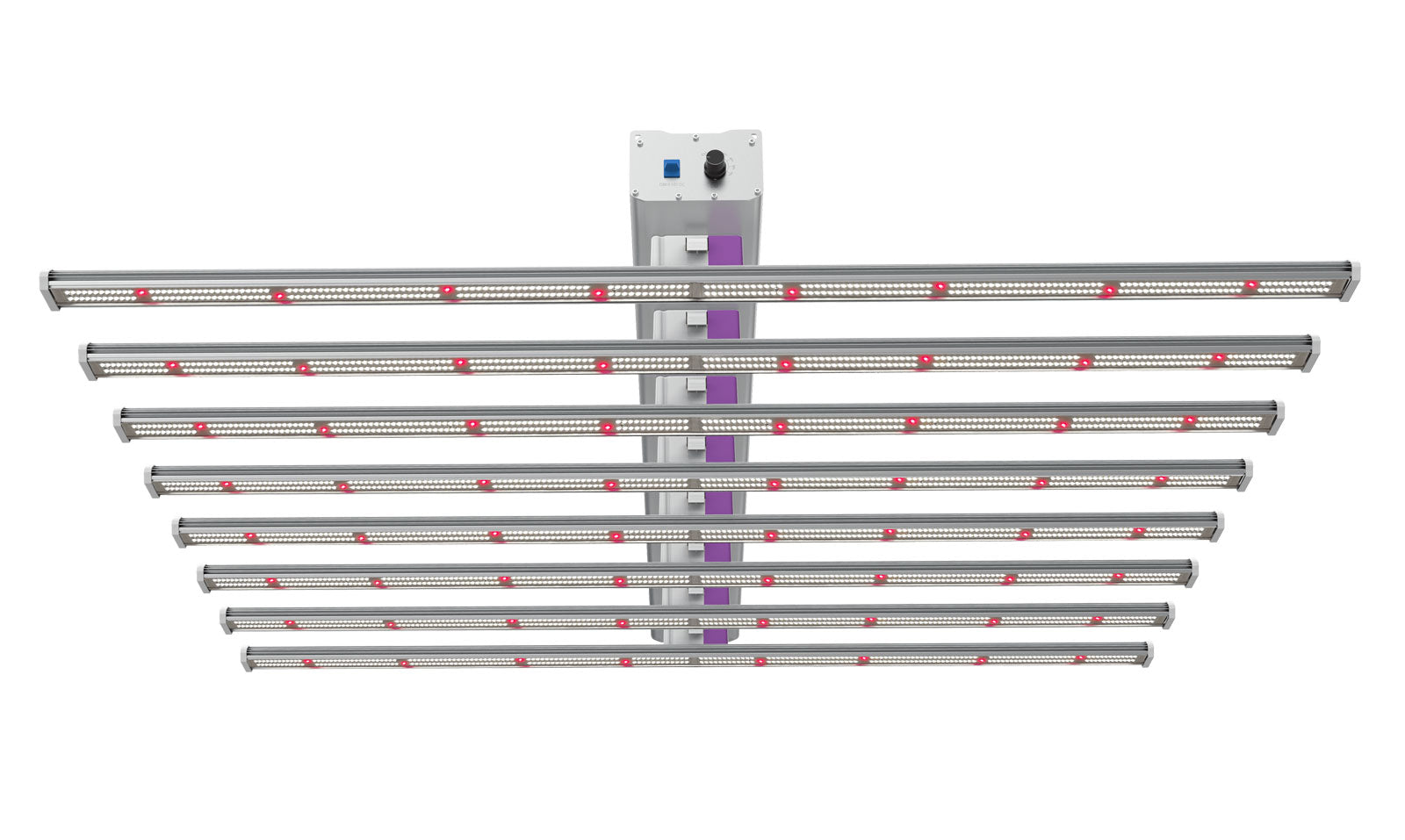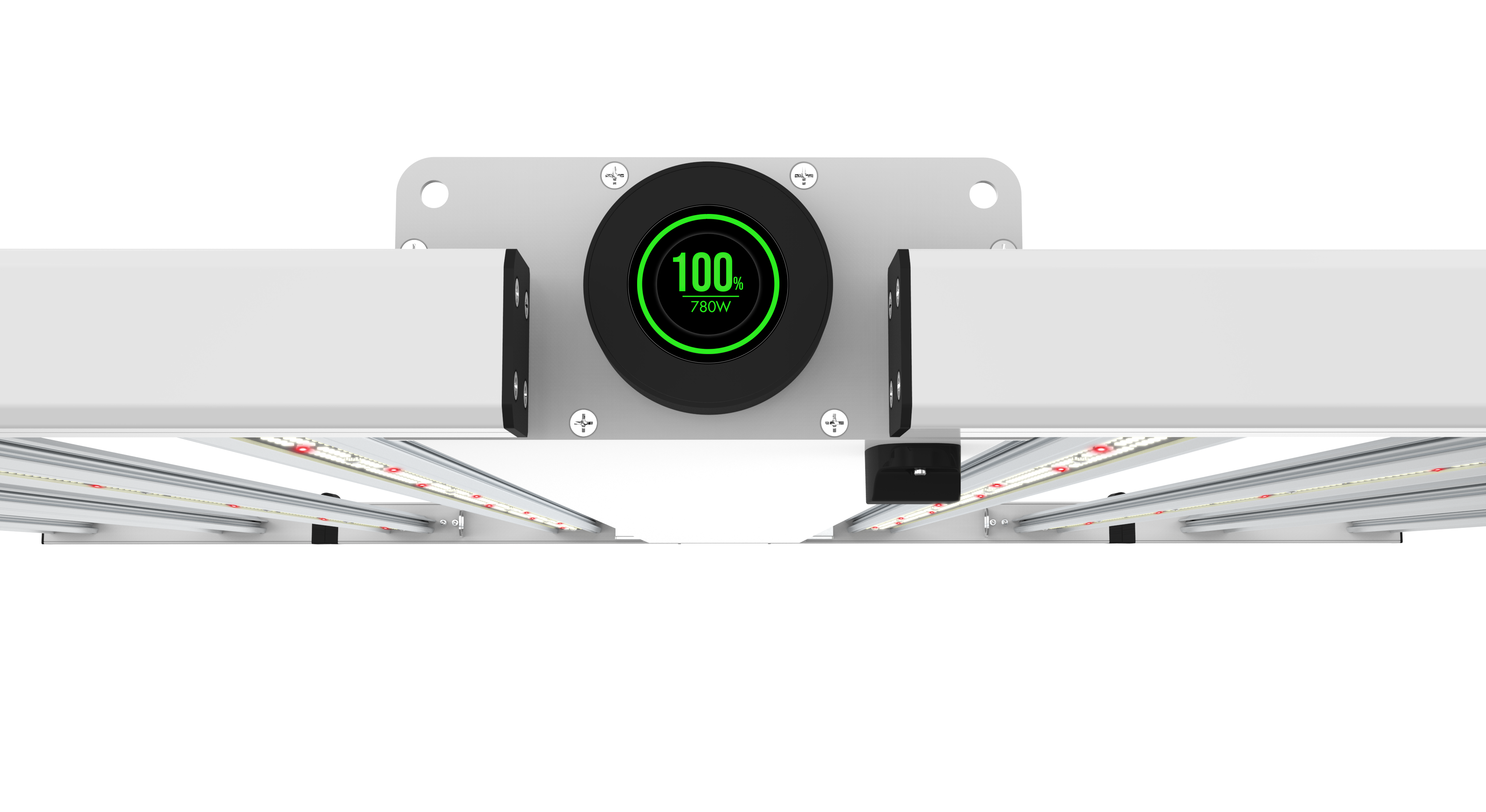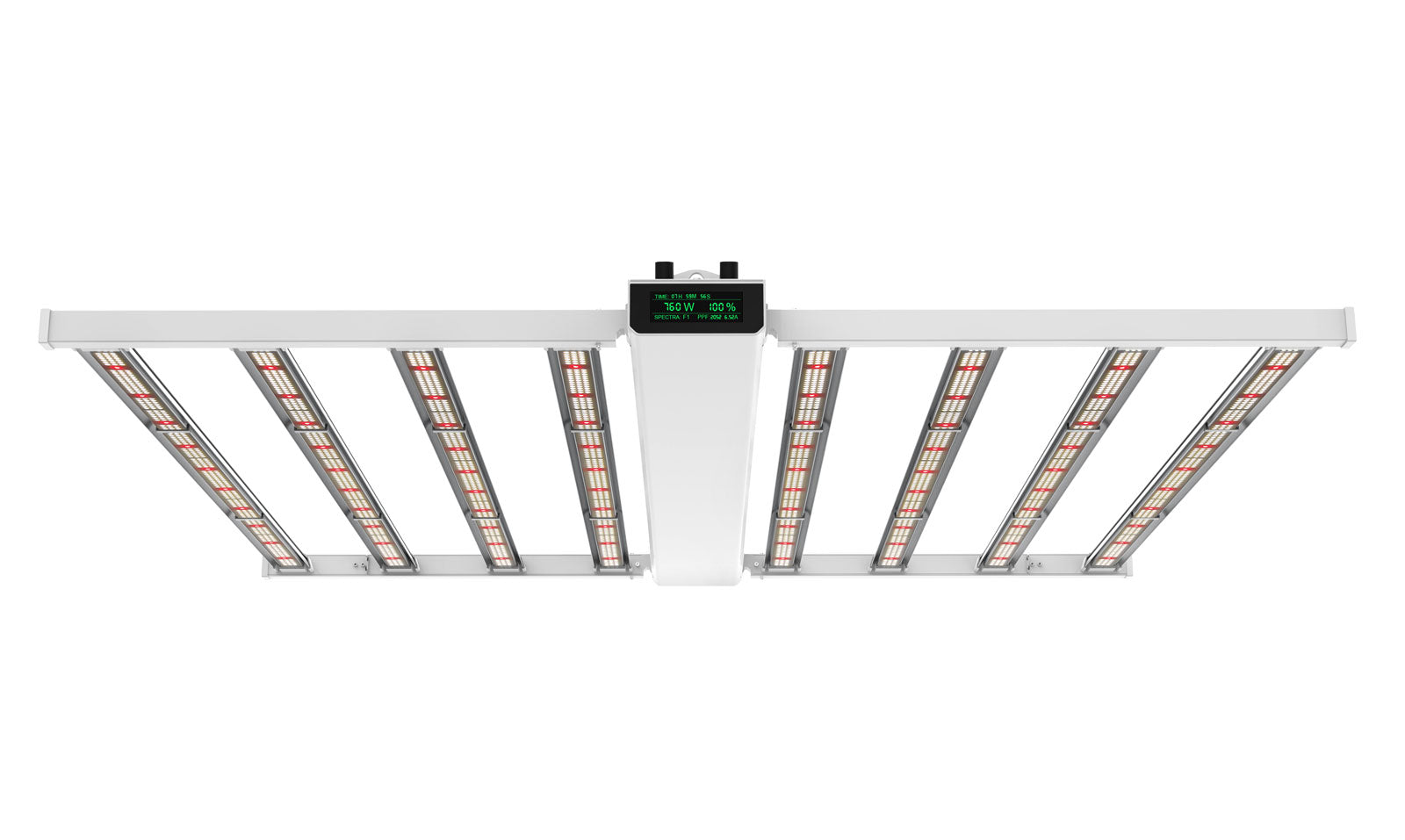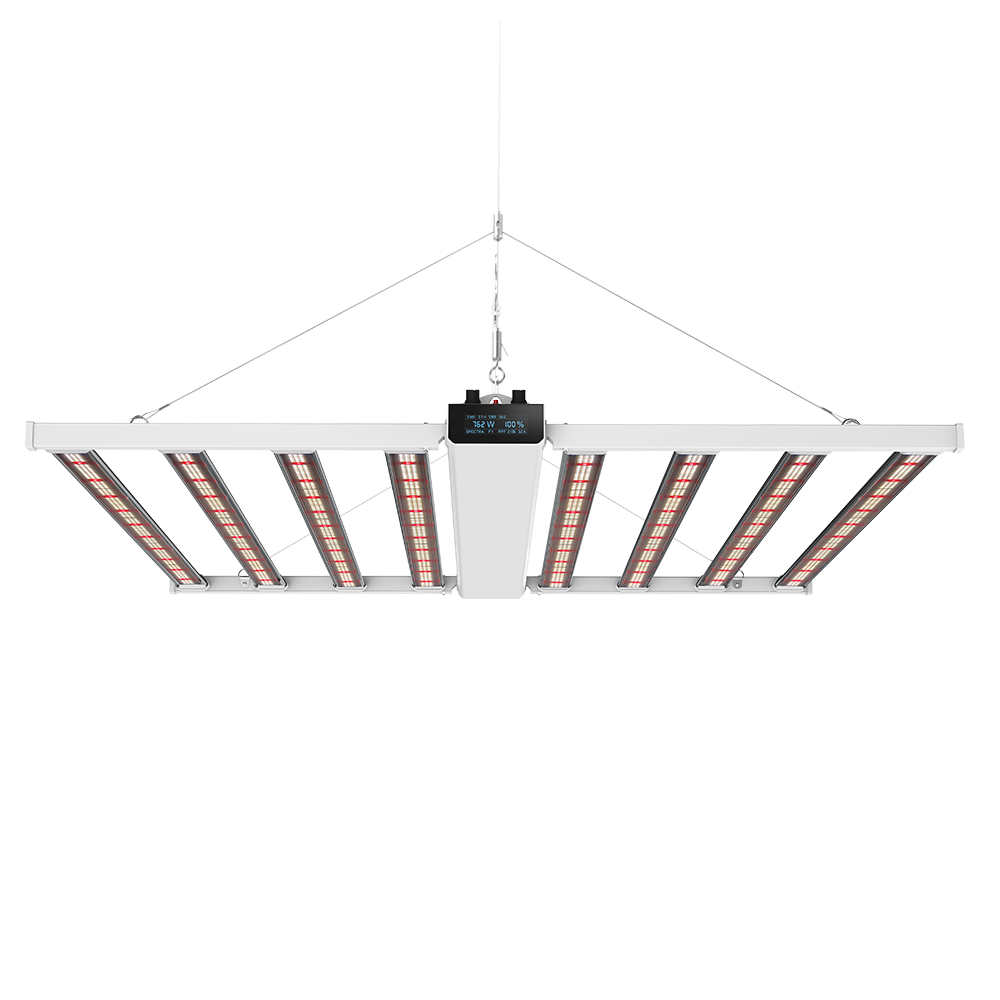
Comprehensive Tips on How to Grow Cannabis
Growing your own cannabis is an enjoyable hobby. You not only get to enjoy the finished product but, home-growing may also save you money and prevent repeat visits to the dispensary.
However, while rewarding, it can be a little intimidating, especially for first-time home growers. Fortunately, we're here to assist you. This guide will walk you through everything you need to know about how to grow cannabis, from the necessary kits to the growing steps as well as how to set up.
- Part 1: Is Growing Cannabis Legal in Your State?
- Part 2: Grow Kits
- Part 3: Comprehensive Guide to Cannabis Growing
- Part 4: Setup for A Grow Kit
- Part 5: Most Common Cannabis For Indoor Growers
- Part 6: Conclusion
Is Growing Cannabis Legal in Your State?
Legal cannabis is quickly becoming the norm in the United States and many other countries around the world. Cannabis usage, sales, and possession are currently prohibited by federal law. Nevertheless, individual states have passed legislation that frequently runs counter to the federal viewpoint. As a result, before you start growing, make sure it is legal in your state and in what quantities. Today, ten states outlaw the use of cannabis in any form, including its growing. These include American Samoa, Idaho, Indiana, Kansas, Kentucky, Nebraska, South Carolina, Tennessee, Wisconsin, and Wyoming.

Image Souurce:Rolling Stone
GROW KITS
The majority of producers look for methods to duplicate or regulate the precise climatic and environmental conditions required to produce high-quality and strong buds. A cannabis grow kit is useful in this situation. A premade container called a "grow kit" comes with all the necessary parts that you need to control growing conditions like humidity, temperature, and hydration. The potency and quality of the buds are affected by these factors.
-GROW LIGHT: Can you use LED grow light to grow plants? Yes! LED Grow lights, one type of UV grow light, aim to provide a spectrum of light that is comparable to that of the sun or one that is more suited to the needs of the plants being grown (typically a varying combination of red and blue light that appears pink to purple to the human eye).
Same to Spectrum-X, an ideal LED grow light generally has a full turntable spectrum, UV+IR kits, timer, and dimmer that could guarantee the cannabis can maximum its yields.

Seedling grow lights and LED grow lights for the flowering stage are some of the types of LED grow lights you should consider in your cannabis grow kit for the different grow stages.
-TENT: Grow tent kits are the perfect choice for novices looking to test out their green thumb due to lower cost constraints and a manageable learning curve. Professional growers can swiftly put up and disassemble multiple growing rooms with grow tent kits without breaking the bank.
-AIR CONDITIONING: An essential job piece of equipment is air conditioning. It can be challenging to regulate the temperature in sizable crop regions. If you want to grow in the best conditions possible, you must achieve the right temperature. You will require a particular type depending on the lighting and other elements of the workspace.
-FANS: Fans are essential for growing marijuana indoors because they spread the fresh air brought in by your air filtration system and prevent pockets of stagnant air from forming. You must place fans close to your plants since cannabis plants can absorb all of the CO2 in the air around them in about a minute. The success of the entire procedure depends on the indoor grow fans.
-Dryer: If you want to grow cannabis indoors, you'll need this tool. They could be useful if there is excess water vapor in the air that could negatively impact your cannabis. However, dryers are optional because if they're not done correctly, they can have an extremely negative impact on the quality of your final product.
Well, each one of these comes with its pros and cons. Cannabis can be grown more cheaply outside. The majority of the resources needed for outdoor growing are provided by nature, and the sunlight will take care of the rest. Meanwhile, some of these other necessities in the kit are found at farmer's shops. For example, you can easily get your LED grow light at a grow light depot.
Comprehensive Guide about Cannabis Growing
The cost of growing marijuana indoors may be higher. But you can grow more in a smaller space. You'll need to choose the best-growing environment, set up a dependable lighting setup, regulate the temperature and humidity, and ensure you know how to grow cannabis seeds. With these, the advantages vastly exceed the disadvantages.
STEP 1: CHOOSE A CANNABIS-GROWING MEDIUM

Don't be afraid to experiment with different growing media besides soil. Other media such as Coco coir are also awesome for growing Cannabis. You might even create your own soil. If you decide to purchase soil, we advise choosing premium brands, or at the very least those with the right soil mixture.
STEP 2: CHOOSE NUTRIENTS
Cannabis plants, like the majority of plants, require food. You only need to be aware of which nutrients to utilize for your hydroponic, soil, or soilless growing medium. It's just that the nutrients created for various weed-growing mediums differ from one another, and choosing the incorrect nutrients for your selected grow medium could undermine a lush development. It is simple to use marijuana nutrients as long as you follow their specific feeding charts.
STEP 3: SET UP YOUR LIGHTING
Weed plants have variable light requirements during their vegetative and floral growth cycles. And although it's not a concern for outside growers, if you're an indoor grower, you should be very aware of it. The vegetative stage will require at least 18 hours of light per day before the flowering stage is triggered by switching to a 12-hour lighting cycle. Just be certain that your lighting setup is secure enough. During the night, light tends to slip out, endangering the phases of growth of your plant.
STEP 4: DECIDE HOW YOU WANT TO MONITOR AND CONTROL THE CLIMATE
Your interior environment can be harmed by outdoor environmental factors, which will hinder proper plant growth. Because of this, you need to keep an eye on and manage indoor environmental conditions, including humidity, airflow, and temperature regimes. For instance, you should operate a heater (or dehumidifier) to maintain a consistent temperature if your growing area is a damp basement. Installing AC units (or using additional fans) to cool the area is your best option if your grow space is overheating.
Setup for A Grow Kit
-
Erect the tent
The grow tent is the first component of the kit to be assembled. Most of them are similar to setting up a camping tent, depending on the type and style. Simply connect the poles and feed them through any fabric connectors. Always follow the instructions that come with the kit or your warranty may be voided!
-
Assemble the Ventilation
The next step in most indoor grow kit installations is to lay out and inspect the ventilation assembly. When you're ready, assemble and install the ventilation.
-
Put in a Carbon Filter
You may or may not receive a carbon filter to install yourself, depending on the kit. If your kit includes a carbon filter, refer to the manufacturer's instructions for specifics as the process varies from model to model.
-
Install Fan
Once installed, the fan should draw fresh cool air into the grow tent while sucking humidity and odor out.
-
Hang the LED Grow Lights
The lights are only hung after the tent has been set up and the ventilation and filters have been installed. Waiting until now is important because it allows you to clear out the space-consuming components of the setup first.
-
Install the Hydroponic or Soil Growing System
Aside from moving in the containers of dirt or LECA that you plant to grow in, you're almost done. If you intend to grow hydroponically, now is the time to bring the system in and set it up. If your kit did not include a waterproof basin and you intend to grow your plants in soil, consider purchasing one before proceeding.
-
Add Finishing Touches and Begin Growing
After you've installed everything, you can add any extras you want, such as extra lights, additional timers, temperature gauges, and so on. Then it's time to plant some seeds and get growing!
Most Common Cannabis for Indoor Growers
Runtz: sometimes referred to as "Runtz OG", is an uncommon variety of marijuana hybrid strains. Runtz, created by Cookies Fam by fusing Zkittlez and Gelato, is renowned for its very fruity flavor profile and familiar candy-like aroma.

Image Source:leafly.com
Platinum: Platinum Kush is a potent, primarily Indica variety that is gaining popularity. This powerful plant, which is a strong contender for a cure-all and is used both recreationally and medically, is well-known for its straightforward power. It is also a potent indica that is almost certain to keep you glued to your sofa. Its potent sedative effects are what make it the perfect go-to strain for anyone who needs a little assistance in truly relaxing.

Image Source:leafly.com
Diesel: Many cannabis users are familiar with the name Diesel. The strain has several qualities that both aspiring indoor growers and those who limit their interests to smoking will find appealing. Cannabis lovers also appreciate Diesel's quick flowering and simple growth requirements. Diesel may grow both indoors and outside.

Image Source:leafly.com
These three are the most common cannabis strains for indoor growers, but generally, Platinum is the most common on the market, and Runtz has a few. Meanwhile, diesel (estimated at $4000 per pound) is being grown by the high-end industry and cannabis companies.
Conclusion
Before choosing a cannabis seed to grow, it is important to take into account the garden area, climate, environment, growing difficulty, and time required for growth. Several state and local governments have also established their own legislation allowing the use of marijuana products, but there may be certain limitations. As a result, you must check the laws and take note of any restrictions on cannabis growing before you start. You must also select either an Advanced Grow Kit or a Quick Start Grow Kit based on your degree of experience.
Featured Products
Blog Posts
- Choosing a selection results in a full page refresh.
!


